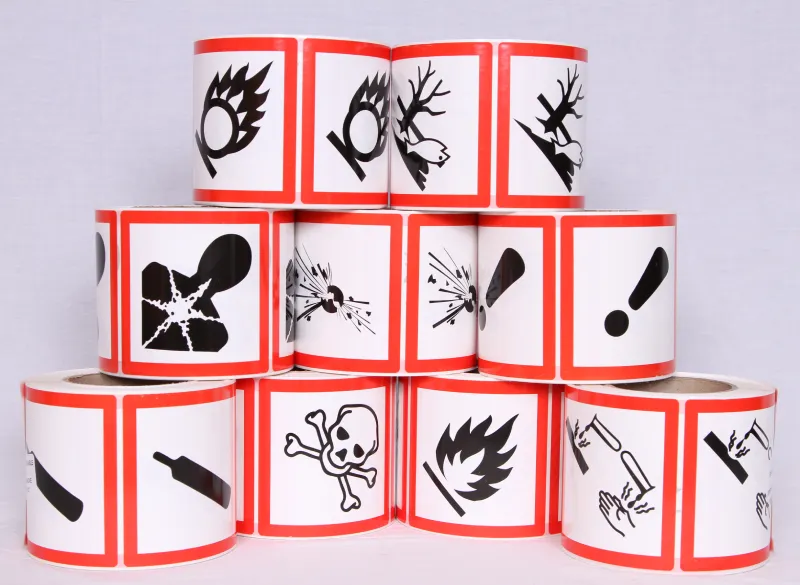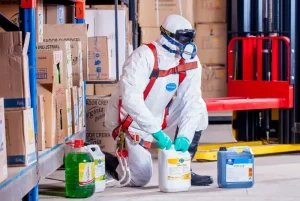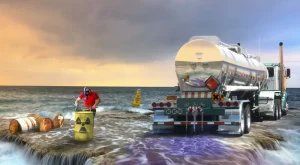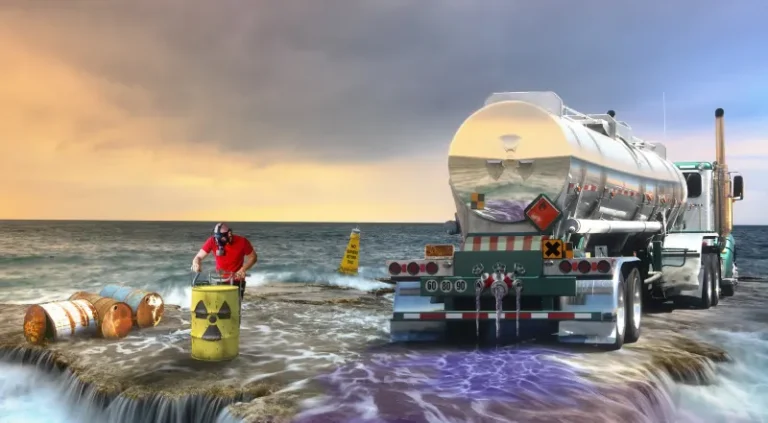Dangerous goods classes defined by the United Nations help identify storage, handling, and transportation hazards.
These nine classes and associate UN labels are recognised internationally. Standardised labelling helps conveyed consistent warnings that are understood by people involved in the handling of dangerous goods.
Vehicles transporting dangerous goods in Australia and New Zealand must clearly display the dangerous goods class they are carrying. Emergency Information Panels may also need to be displayed.
UN Dangerous Goods Classes
The nine classes of dangerous goods include:
- Class 1 Explosives
- Class 2 Gases
- Class 3 Flammable Liquids
- Class 4 Flammable Solids
- Class 5 Oxidising Substances and Organic Peroxides
- Class 6 Toxic and Infectious Substances
- Class 7 Radioactive Materials
- Class 8 Corrosives
- Class 9 Miscellaneous Substances
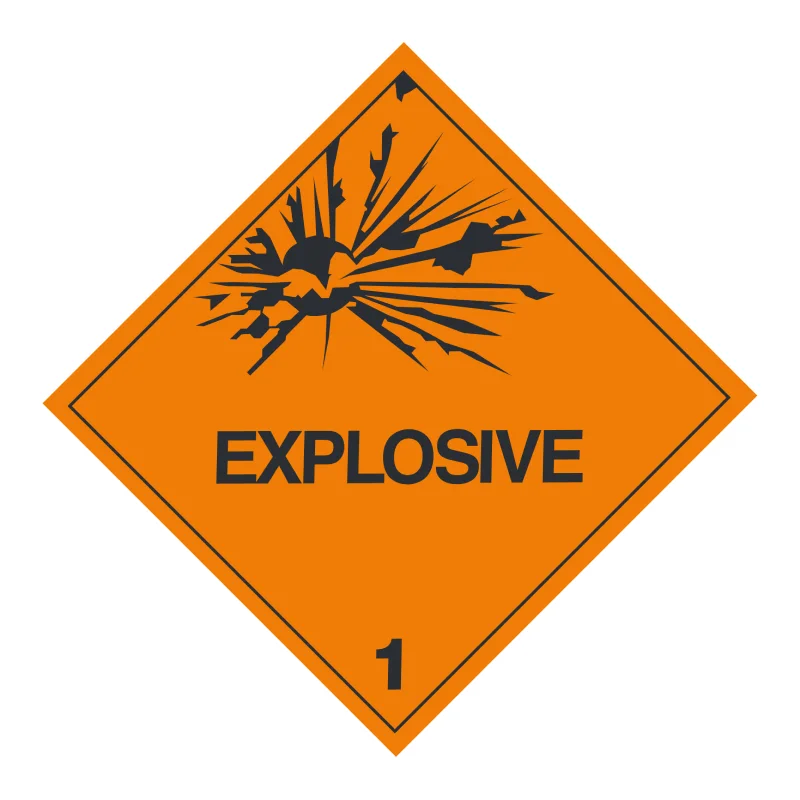
What Are Class 1 Explosives?
Class 1 explosives are any substance or article that is designed to function by explosion or that produces gas, heat, sound, or light by explosion.
This includes items such as:
- Ammunition Blasting agents
- Detonators
- Explosive substances
- Fireworks
- Flares
There are six divisions within Class 1, which are classified based on their degree of danger and the type of explosive. The six divisions are:
- 1.1 – Substances and articles which have a mass explosion hazard
- 1.2 – Substances and articles which have a projection hazard but not a mass explosion hazard
- 1.3 – Substances and articles which have a fire hazard and either a minor blast hazard or a minor projection hazard or both, but not a mass explosion hazard
- 1.4 – Substances and articles which present no significant hazard
- 1.5 – Very insensitive substances which have a mass explosion hazard
- 1.6 – Extremely insensitive articles which do not have a mass explosion hazard
The hazards associated with Class 1 explosives are significant and can result in serious injury or death if not handled properly. Due to the high level of risk, strict regulations govern Class 1 explosives, their transport, storage, handling, and use.
What Are Class 2 Gases?
Class 2 gases include compressed, liquefied, or dissolved gases that are capable of posing a hazard to health, safety, or property when released.
Class 2 substances can be transported as liquefied, refrigerated liquefied, compressed, or gas in solution. These gases are divided into three divisions based on their properties and hazards:
Flammable Gases (Division 2.1) Dangerous Goods
These are gases that can ignite and burn when mixed with air in the presence of an ignition source.
Examples include:
- Butane
- Methane
- Propane
Non-Flammable, Non-Toxic Gases (Division 2.2)
These are gases that are neither flammable nor toxic but may still pose a hazard if released in high concentrations.
Examples include:
- Carbon dioxide
- Compressed air
- Oxygen
- Liquid nitrogen
- Helium
Toxic Gases (Division 2.3) Dangerous Goods
These are gases that are known or presumed to be toxic to humans or animals when inhaled.
Examples include:
- Ammonia
- Carbon monoxide
- Chlorine
The hazards associated with Class 2 gases include flammability, toxicity, and asphyxiation. Strict regulations govern their packaging, labelling, and ventilation to ensure that these gases are transported and handled safely.
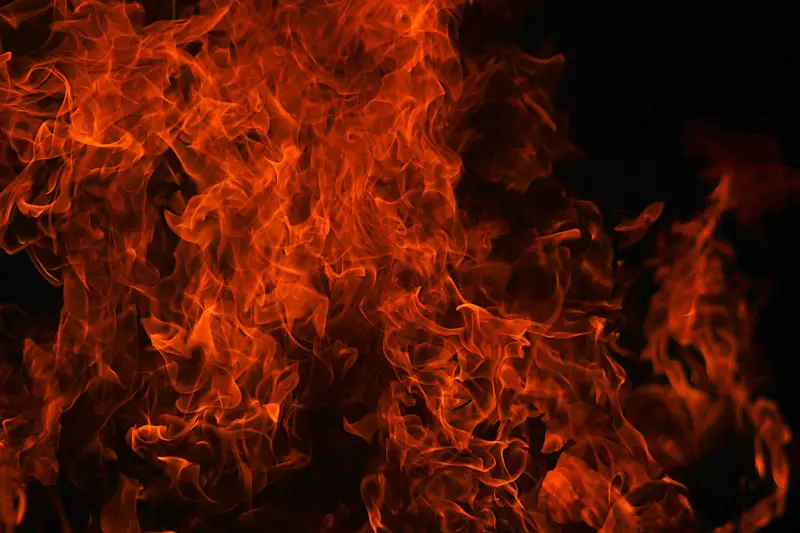
What Are Class 3 Flammable Liquids?
Dangerous Goods Class 3 are flammable liquids or mixtures of liquids that have a flash point below 60 degrees Celsius and a boiling point at or below 35 degrees Celsius.
The flash point is the minimum temperature at which a liquid gives off enough vapor to form an ignitable mixture with air near the surface of the liquid. The boiling point is the temperature at which the liquid changes into a vapor or gas.
Examples of Class 3 flammable liquids include:
- Alcohol
- Acetone
- Diesel fuel
- Essential oils
- Ethanol
- Hand sanitiser
- Perfumes
- Paints
- Petrol
These liquids can ignite and burn easily and can produce flammable vapours that can be explosive. The hazards associated with Class 3 flammable liquids include fire, explosion, and inhalation of flammable vapours.
What Are Class 4 Flammable Solids?
Class 4 Flammable Solids includes substances that are solids and are capable of causing a fire through friction, absorption of moisture, spontaneous chemical change, or that can be readily ignited and burn vigorously.
Class 4 Flammable Solids are divided into three divisions based on their properties and hazards.
Flammable solids (Division 4.1) Dangerous Goods
These are solids that are readily combustible or that can cause or contribute to fire through friction, absorption of moisture, spontaneous chemical change, or other means.
Examples include:
- Desensitised explosives
- Certain organic chemicals
- Certain fireworks
- Hexamine solid fuel tablets for camping stoves
- Matches
- Self-reactive substances
Spontaneously Combustible Substances (Division 4.2)
These are substances that can ignite and burn on their own without an external ignition source.
Examples include:
- Camphor
- Certain chemical compounds
- Certain metal powders
- Matches
- Oily
- Rags
- Sulphur
Dangerous when wet substances (Division 4.3)
These are substances that can react with water and emit flammable gases or become spontaneously combustible. Examples include sodium, potassium, and other reactive metals.
The substances that can be emitted include activated carbon, sodium, and zinc particles. The hazards include explosions, fire, and toxic fumes.
Strict regulations govern Class 4 transport, storage, handling, and use. The regulations address packaging, labelling, and storage requirements to ensure that these solids are transported and handled safely.
What are Class 5 Oxidising Substances and Organic Peroxides?
Class 5 Oxidising Substances and Organic Peroxides include substances that can cause or contribute to the combustion of other materials, either by providing oxygen or by undergoing a chemical reaction that releases energy.
Class 5 is divided into two divisions based on the type of substance.
Oxidising Substances (Division 5.1) Dangerous Goods
These are substances that can give off oxygen and thereby increase the risk of fire or explosion in the presence of other materials.
Examples include:
- Certain nitrates
- Ammonium nitrate
- Hydrogen peroxide
- Potassium chlorate
- Sodium chlorate
- Sodium nitrate
Organic Peroxides (Division 5.2) Dangerous Goods
These substances are thermally unstable and can undergo self-accelerating decomposition, leading to rapid release of energy, heat, and oxygen. Organic peroxides are often used as initiators in polymerization reactions, but can also be found in solvents, adhesives, and coatings.
The hazards include explosions, fire, and toxic fumes. Organic peroxide examples include:
- Acetyl acetone peroxide
- Benzoyl peroxide
- Cumene hydroperoxide
- Peracetic acid
- Tert-butyl hydroperoxide
Strict regulations govern Class 5 transport, storage, handling, and use. The regulations address packaging, labelling, and storage requirements to ensure that these substances are transported and handled safely.
What are Class 6 Toxic and Infectious Substances?
Class 6 Toxic and Infectious Substances include substances that can cause acute or chronic harm to human health through inhalation, ingestion, or skin contact.
Class 6 is divided into two divisions based on the type of substance.
Toxic Substances (Division 6.1) Dangerous Goods
These are substances that can cause harm or death when ingested, inhaled, or in contact with skin or eyes.
Examples include:
- Barium compounds
- Certain chemicals used in manufacturing
- Certain pharmaceuticals
- Chloroform
- Cyanides
- Cytotoxic waste
- Pesticides
Infectious Substances (Division 6.2)
These are substances that contain pathogens or microorganisms, such as bacteria, viruses, or fungi, that can cause disease in humans or animals.
The hazards include acute or chronic toxicity, disease, and infection. Examples include:
- Cultures used in research and diagnosis
- Blood samples Infected animals
- Infectious substances
- Genetically modified organisms
- Patient specimens and tissue
- Medical or clinical waste
Strict regulations govern Class 6 transport, storage, handling, and use. The regulations address packaging, labelling, and storage requirements to ensure the risks of exposure to these substances are minimised.
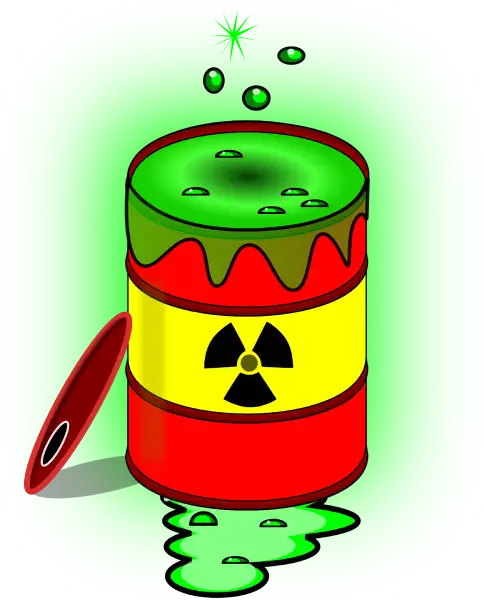
What are Class 7 Radioactive Materials?
Class 7 Radioactive Materials includes substances that contain radioisotopes, which are unstable forms of atoms that can emit ionizing radiation, such as alpha particles, beta particles, or gamma rays.
Class 7 is divided into three categories based on the potential risks associated with the material.
Radioactive materials (Category I) Dangerous Goods
Ionising radiation can cause death or serious injury to human and animal health through short-term exposure. Radioactive materials can also cause contamination in transport equipment if they are packaged and handled properly.
Nuclear fuels examples include plutonium and uranium.
Radioactive materials (Category II) Dangerous Goods
These are materials that can cause significant health effects through exposure to high doses over a period of time. Examples include industrial sources and medical isotopes.
Radioactive materials (Category III) Dangerous Goods
These are materials that can cause limited health effects through exposure to small amounts of radiation. Consumer product examples include some building materials and smoke detectors. The hazards include cancer, genetic damage, and radiation sickness.
Strict regulations govern Class 7 transport, storage, handling, and use. The regulations address issues such as packaging, labelling, and storage requirements to ensure that these materials are transported and handled safely, and that the risks of exposure to ionizing radiation are minimised.
What are Class 8 Corrosives?
Class 8 Corrosives are substances that can cause damage to living tissue or other materials upon contact through chemical reaction. Corrosives are usually acids or bases.
Class 8 is divided into two divisions based on the type of substance.
Corrosive liquids (Division 8.1) Dangerous Goods
These liquids can cause severe damage to skin, eyes, or metal surfaces through chemical reaction. Examples include:
- Battery fluid
- Corrosive cleaners
- Hydrochloric acid
- Formaldehyde
- Sodium hydroxide
- Sulfuric acid
Corrosive solids (Division 8.2)
These are solids that can cause similar damage through chemical reaction when they come into contact with skin, eyes, or metal surfaces.
Examples include calcium oxide, potassium hydroxide, and sodium hydroxide. The hazards include chemical burns, eye and skin damage, and metal surface damage.
Strict regulations govern Class 8 transport, storage, handling, and use. The regulations address issues such as packaging, labelling, and storage requirements to ensure that these substances are transported and handled safely, and that the risks of exposure to corrosive materials are minimised.
What are Class 9 Miscellaneous Substances?
Class 9 Miscellaneous includes substances that present a danger during transportation but do not fit into any of the other eight classes.
There are two types of Class 9 handling labels. The first label is dedicated to lithium for batteries where the devices do not meet the criteria for Class 1, Class 2, or Class 8. The second Class 9 handling label covers the remaining miscellaneous dangerous goods.
Examples include:
- Asbestos
- Battery powered vehicles and equipment
- Dry ice (solid carbon dioxide)
- Engine or machinery components that contain fuel, hydraulic fluid, or lubricating oil
- Environmentally hazardous substances
- First aid kids
- Magnetised materials
The hazards vary depending on the specific substance, but can include flammability, toxicity, corrosivity, and magnetization.
Class 9 regulations govern packaging, labelling, and storage requirements to ensure that these substances are transported and handled safely, and that the risks of exposure or other accidents are minimised.
LK Printing Advice on Dangerous Goods Classes
LK Printing provides labelling solutions for local and international markets. We specialise in dangerous goods labels for air freight, maritime, rail, and road transport:
- Class Diamond dangerous goods labels
- United Nations (UN) labels
- Subsidiary risk labels
- International Air Transport Association (IATA) labels
- Globally Harmonised System (GHS) chemical labels
- Custom labels
- Emergency Information Panels
- PVC Vinyl Banners
Call LK Printing on 0434 154 351 for advice on the right labels for your needs.

